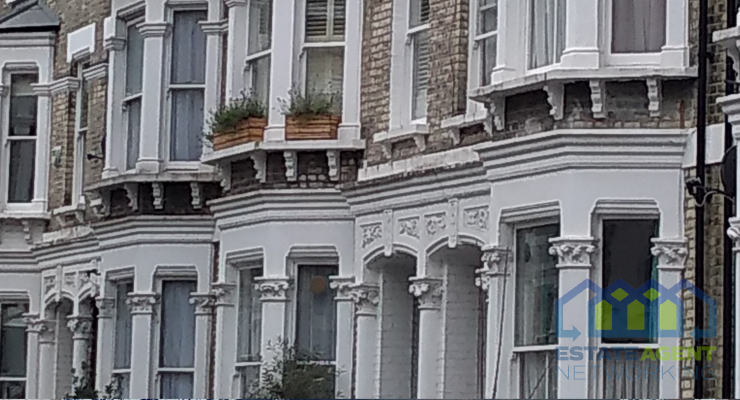The benefits of installing an in-frame kitchen
The decision to redesign your kitchen is as important as it is exciting. But before you’re ready to enjoy your new, improved home, there are many decision you need to make to ensure you get exactly the right solution for your and your family’s needs. Durability and build quality should be your main criteria for choosing your new kitchen. After all, you want your cabinetry to look great and perform well for years to come.
Built-in kitchen design started to appear about a hundred years ago. For centuries before that, the traditional method of making kitchen cabinets was to use the ‘in-frame’ technique: First the wooden carcass is constructed, then the door is fitted to sit perfectly within the frame. The first custom fitted kitchens in the early 1900s used the exact same method, creating hardwearing kitchen units that were design to stand the test of time.
After 1945, built-in domestic kitchens really started to take off. Great advances were made in materials technology meaning high pressure laminates could be used to produce frameless kitchens quickly and cheaply to satisfy the growing demand for modern integrated kitchens in a variety of styles.
If you take a look at many of the mass produced kitchens of toady, you will see that the doors are typically mounted to the front of the carcass rather than sitting inside the frame, with hidden hinges fixed into the chipboard carcass. This cleaner and more streamlined frameless look works very well with modern and contemporary kitchen designs that you will find in most modern homes.
That said, these modern manufacturing methods and postwar kitchen design have considerable drawbacks, and it’s well worth taking a look at the benefits of more traditionally constructed in-frame kitchens, particularly if you are now at the point of choosing a new kitchen for your home.
Here are 5 points you may wish to consider:
- The classical design and construction of an in-frame kitchen is instantly recognisable. The carcass fully envelopes the edges of the cabinet door, giving the impression of time honoured, traditional craftsmanship and furniture that is built to last. The doors of mass produced modern kitchen units can drop over time and periodic hinge adjustments are necessary. Not so with an in-frame kitchen, since the door sits securely within the cabinet frame.
- In-frame kitchens are usually associated with traditional country style kitchens. Recently in kitchen design, there’s been a pronounced surge back towards traditional values such as quality, longevity and durability, and craftsmanship and attention to detail are appreciated now more than ever. From classic Shaker style kitchens to contemporary or even minimalist choices for your new kitchen, there are in-frame kitchen designs available to give you a high quality investment into your home.
- An in-frame kitchen is made of a series of solid timber carcasses, with each carcass being glued and screwed for extra strength. The door fronts will be made of the same materials as the face of the frame, while the doors themselves may be constructed from solid timber or veneered MDF, depending on the preferred style and available budget. Drawers should be solid wood for optimal durability.
- In-frame kitchen cabinet doors are constructed with traditional mortise and tendon joins. Strong butt hinges are fixed to the door and the solid timber cabinet frame is a clearly visible feature. This type of classical joinery creates a particularly strong bond that won’t weaken even with heavy everyday use. And since the cupboard doors are custom made for the frame, it’s won’t be necessary to adjust their position.
- Finally, in-frame cabinets should be individually produced in the joinery workshop and finished and installed by hand on site. That way, any damages occurring during construction or delivery can be sorted out during installation so that everything works perfectly. Painted kitchens are best primed before they arrive on site, with the final paint finish being applied in situ.








